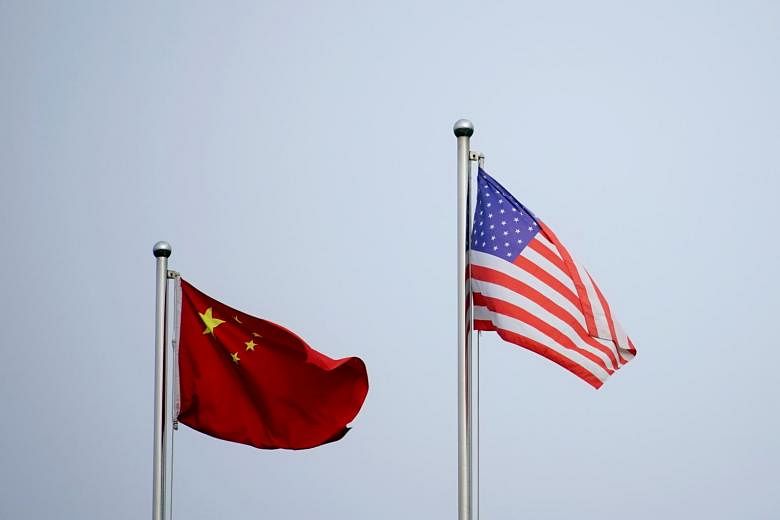NEW DELHI (THE STATESMAN/ASIA NEWS NETWORK) - The problem for a medium-sized, aspiring regional power such as India in evolving a strategic doctrine is to ensure in-built provisions that allow quick pivots as the geopolitical situation evolves.
With that caveat entered, on the flip side is the fact that there are emerging meta trends in the world which just cannot be ignored.
The most prominent of them, there can be little doubt, is the beginning of what experts have termed the new Cold War, with the China replacing the USSR as the US' primary global adversary or, to use Ronald Reagan's (in)famous phrase, "empire of evil".
India, through the decades of the Cold War, opted for the non-aligned route albeit with a pro-Moscow bias, forging solidarity with nations of the global South in the process. While a debate still rages on whether this was the right approach, it is mainly of interest now only to scholars of the period. The new Cold War is very much about the here and now.
Countries' aspirations have changed, as has the competitive landscape between them, and the lifting of the shadow of colonialism has ensured ideological motivation is no longer the premise on which national interest is sought to be projected and protected in a world where nation-states and alliances thereof are the primary mode of international engagement.
China is expanding its territory and influence as a global power while seeking to isolate the US from its allies.
But Beijing's expansionism is also having the effect of making its military interests more vulnerable to regional pushbacks and international turmoil.
A 2020 United States Department of Defence estimates report iterates that the PLA is the world's largest standing ground force with approximately 9.15 lakh active-duty personnel while the PLA Air Force (PLAAF) and PLA Navy aviation wing combined constitute the world's third-largest aviation force with over 2,500 aircraft of which 2,000 are combat jets. To bolster its combat readiness, PLAAF runs four annual training exercises ~ Red Sword, Blue Shield, Golden Dart, and Golden Helmet ~ and deploys advanced combat aircraft to bilateral and multilateral exercises.
In a recent interview to an Indian publication, General Robert S. Spalding, former US defence attaché in Beijing and senior director for strategic planning at the US National Security Council, iterated: "Although the PLAAF still has limited power projection capability, China has increased circumnavigation flights near Taiwan to deter the island from moving towards independence. The PLA will move on Taiwan within the decade; there is no doubt China seeks global dominance."
The US is looking to counter China's threat through deepening economic and security cooperation with the European Union (major countries have a flourishing trade relationship with China which they are loath to jettison), expanding the scope of Nato, achieving a quietus on troubled US-Russia ties so resources can be refocused on China, enhancing its strategic outreach towards traditional East Asian allies Japan and South Korea, and keeping the Quad in play.
While these efforts may succeed in keeping China off-balance, what it does for - and to - those front-facing nations which will draw Beijing's ire is a known unknown. In these circumstances, any Indian strategic doctrine may, ironically, have to be a 21st century version of non-alignment.
- The Statesman is a member of The Straits Times media partner Asia News Network, an alliance of 24 news media entities.

